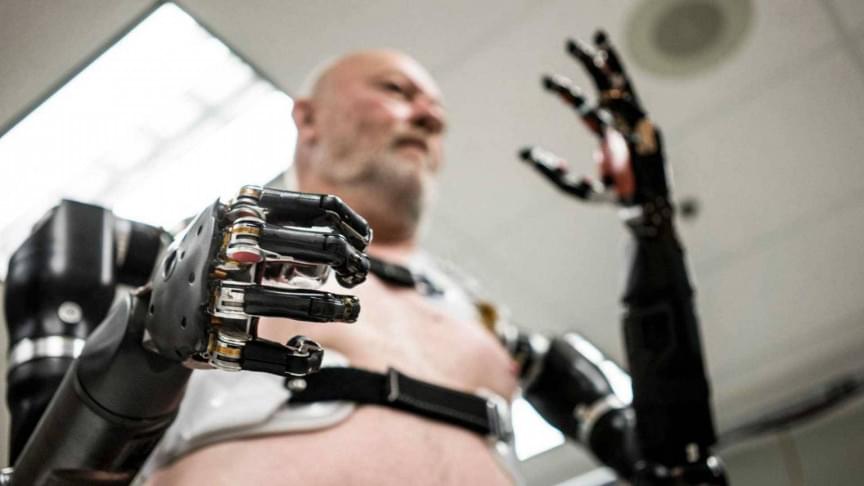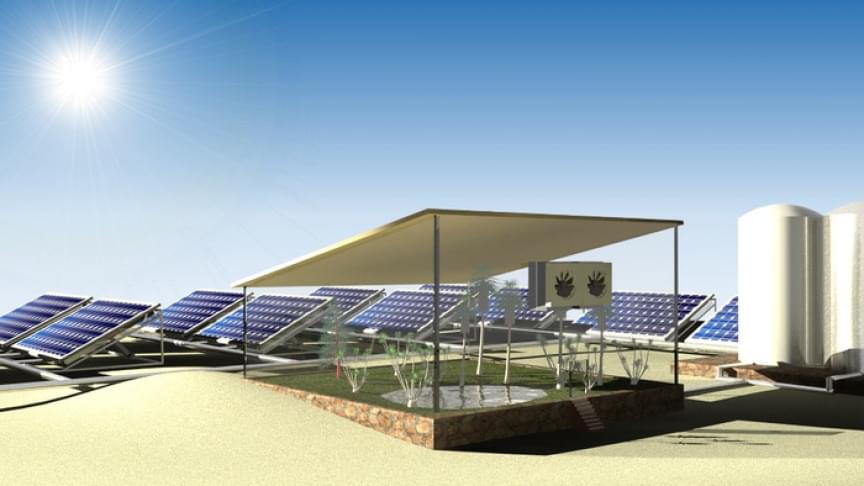Scientists from Roswell Park Comprehensive Cancer Center have shed light on a different way of overcoming mechanisms of resistance to specific therapeutic agents used to treat cancer. In a new article published March 1 in the journal Cell Reports, the researchers propose a new approach to cancer treatment based on the way different cancer cells divide.
A collaborative team led by Agnieszka Witkiewicz, MD, Professor of Oncology, and Erik Knudsen, Ph.D., Professor of Oncology and Chair of Molecular and Cellular Biology, from Roswell Park investigated over 500 cell lines from a multitude of cancer types, as well as preclinical tumor models. The researchers then analyzed cancer cells based on their dependency for CDK and CCN, two genes that drive the cell cycle and determine how often a cancer cell divides.
“We found that the way cancer cells divide is highly varied, and that diversity represents a tremendous challenge for some widely used cancer therapies because it often contributes to treatment resistance,” says Dr. Witkiewicz, the study’s senior author. “However, with a better understanding of these heterogenous features of cancer cell division, different therapies could be deployed in a more precise and effective fashion.”






